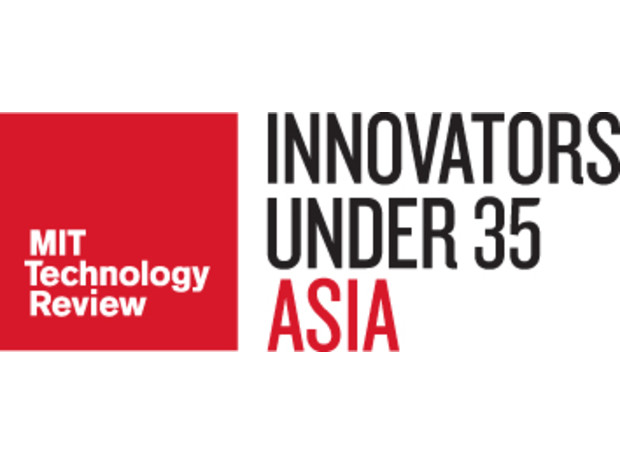
MIT Technology Review has officially announced the top 10 'Innovators Under 35 Asia' of 2018. Out of the 132 nominations from researchers, entrepreneurs and inventors across the Asia-Pacific region, seven Singaporeans were able to secure their spots in the top 10 list.
The 'Innovators Under 35 Asia' program recognises adept individuals in the region and their contribution to solving global issues in industries like biomedicine, computing, communications, energy, materials, web, and transportation. Now on its 5th edition, the program received a total of 132 nominations from Singapore, Malaysia, Thailand, Philippines, Indonesia, Vietnam, Taiwan, Australia and New Zealand for consideration for the 2018 list.
Rounding out the top 10 are talented researchers and entrepreneurs from Singapore, Australia and Taiwan. Meet the seven Singaporeans who made it to the 2018 list of 10 'Innovators Under 35 Asia'.
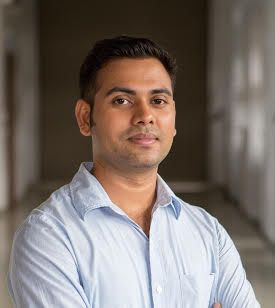
Ajay Prakash Kottapalli, Singapore
Singapore MIT Alliance for Research and Technology (SMART)
Nature-inspired miniaturised sensors that create a new standard of care in biomedical flow sensing.
In 2013, Ajay received his PhD from Nanyang Technological University (NTU), Singapore, along with a Singapore-MIT Alliance Graduate fellowship. Between 2014-2016, he was a Postdoctoral Associate and as Research Scientist at SMART. In 2013, 2015 and 2017, Ajay was a visiting scholar at MIT. He is currently a Project Investigator (PI) for research projects funded by the SMART Innovation Center and the CENSAM Research Initiative. His research focuses on nature-inspired sensor technologies, biomimetic materials, MEMS/NEMS, nanotechnology, biomedical devices etc. In 2016, Ajay founded a startup company called Sensornomics Pte Ltd which envisions to create new standards of care in biomedical devices. He is a young entrepreneur who leads a team of four researchers. He has published about 45 peer-reviewed papers, authored a book and held patents in sensor technology.
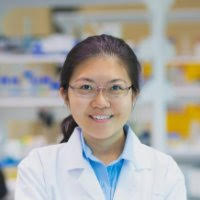
Khoo Bee Luan, Singapore
Singapore MIT Alliance for Research and Technology (SMART)
Designing microfluidic models to deliver real-time therapeutic read-outs with direct translational relevance for cancer.
Dr Khoo Bee Luan is a biomedical scientist focused on innovating microfluidic devices for clinical utility. She leads a research team under the Young Investigator grant award by NMRC to utilise a microfluidic device for cancer management and evaluation, termed as the circulating tumour cell (CTC) Cluster Assay. The CTC Cluster Assay aims to mimic parts of the tumour microenvironment in vitro by integrating a confined fluidic niche using microwells with hypoxia and tumour-associated immune cells. She has also developed microfluidic biochips for isolation of primary cancer cells, diseased blood cells or malaria-infected cells with relevance to early disease detection.
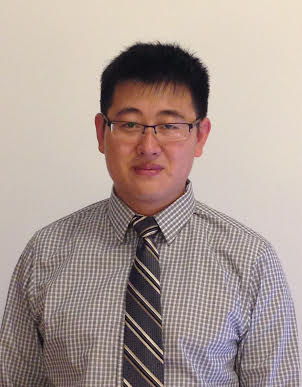
Jiashi Feng, Singapore
National University of Singapore
Enable computers to grow learning ability with dynamic neural networks.
Dr Jiashi Feng is currently an Assistant Professor with Department of ECE, National University of Singapore. He received his B.E. degree from USTC, China in 2007 and PhD degree from NUS in 2014. He was a postdoctoral researcher at University of California, Berkeley from 2014 to 2015. His current research interest focusses on AI, machine learning and computer vision. He has published over 100 research papers in machine learning, deep learning, object recognition and big data analysis. He receives the winning prizes for ILSVRC2017 object localization, MS-Celeb-1M face recognition, and the best paper award from TASK-CV with ICCV 2015.
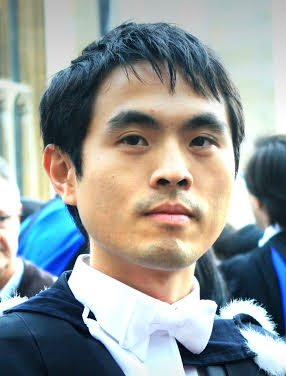
Wesley Zheng Guangyuan, Singapore
IMRE, A*STAR
Developing high energy density lithium batteries for automotive, aerial and renewable storage applications.
Dr Zheng is currently a Scientist in A*STAR and an Adjunct Assistant Professor in NUS. He received his B.A. and M.A. degrees in Chemical Engineering from the University of Cambridge and did his PhD and Postdoc at Stanford University under the tutelage of Prof Yi Cui and Prof Steven Chu, respectively. His research work focused on developing high capacity electrodes for the next-generation lithium batteries. Dr Zheng is a recipient of the Material Research Society Graduate Student Award and the National Science Scholarship from A*STAR. He also co-founded a venture-backed startup (Volans-i) to develop high-payload, long-range delivery drone.
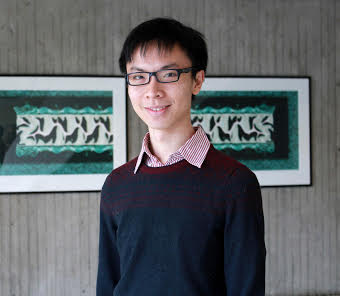
Min Hao Wong, Singapore
Massachusetts Institute of Technology
Developing unique nanosensor constructs for smart agriculture application.
Min Hao Wong is currently a Chemical Engineering graduate student at MIT. His PhD research involved the development of unique nanosensor applications for agriculture (Nat. Mater. 17) His work has been featured in global media outlets such as FOX, Forbes, TIME, BBC, and CBS. BostInno named his work as one of the top seven inventions to come out of MIT in 2016. Min Hao is also currently actively running Plantea, a start-up company focused on agricultural nanosensors. He is also the co-president of the South-East Asia Club, vice president of the MIT energy club, and a guest lecturer for 10.585 Engineering Nanotechnology.
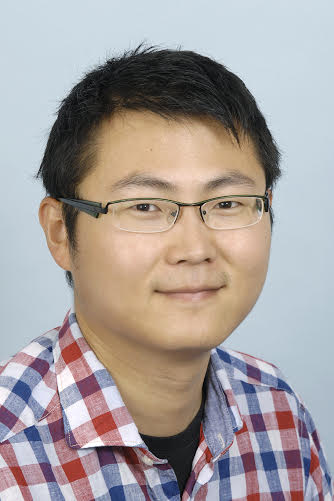
Weibo Gao, Singapore
Nanyang Technological University
Exploration of spin-photon interface for the application of a quantum network and quantum information processing.
Weibo Gao graduated from University of science and technology of China as bachelor and PhD student. Then he worked in ETH Zurich as a postdoc from 2010-2014. Currently, he is a Nanyang assistant professor in NTU. His research in quantum information and quantum photonics is published in several world-class journals such as Nature, Nature Physics, Nature Photonics and Nature Communications. Previously he has won Marie-Curie Fellowship in the European Union, the recipient of National 100 Excellent Doctoral Dissertation Award in China, and Singapore National Research Foundation fellowship awards.
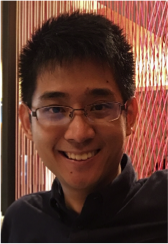
Yok Hian Chionh, Singapore
Tychan Pte Ltd
Rapidly developing therapeutic solutions against deadly infections.
Yok Hian Chionh believes that the war against infections can be won if we proactively create systems that rapidly design cures, respond to, and treat patients during outbreaks. As a scientist, he discovered fundamental properties of genetic coding that enabled pathogens to survive hostile environments. As a drug developer, he helped bring an anti-Zika therapeutic from bench-to-bedside. And as a maverick, he is exploring radically different science-based regulatory frameworks to expedite regulatory approvals of therapeutics while meeting safety and efficacy requirements. When he is not reading or writing scientific literature, he is probably drinking coffee, putting together balance sheets, or coming up with more crazy ideas.









